
Castile soap means different things to different people. The name Castile comes from the region in Spain where this type of soap originated from.
Certain soap makers will use other oils such as coconut oil, shortening or palm oil to add some hardness and bubble to the bar and reduce the cure time. Some call these recipes bastile soaps. I have recipes using 80% olive oil here.
For the purpose of learning we will keep it very simple (3 ingredients) and make a castile soap using 100% olive oil (the one at the supermarket), distilled water and sodium hydroxide, also known as lye (you will need to purchase the lye from a supplier or a hardware store).
Castile 100% Olive Oil
INGREDIENTS
Fats, oils and butters
- 600 grams olive oil
Lye ― Water Solution
- 77 grams lye (sodium hydroxide)
- 228 grams distilled water
This recipe makes over 2 pounds of soap which will produce about 6-7 bars of natural soap.
This is a cold process soapmaking recipe but to keep this simple I use the room temperature method.
Weight out your ingredients.
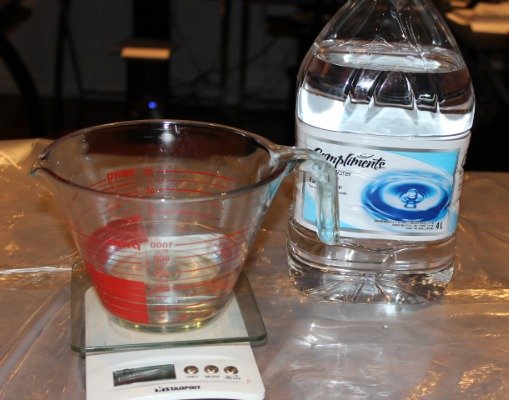
Slowly add the lye to the water and gently mix using a spatula. Dissolve all the crystals in the water making sure that there is no undissolved lye.This step I always do in a sink or a roasting pan for safety measures.
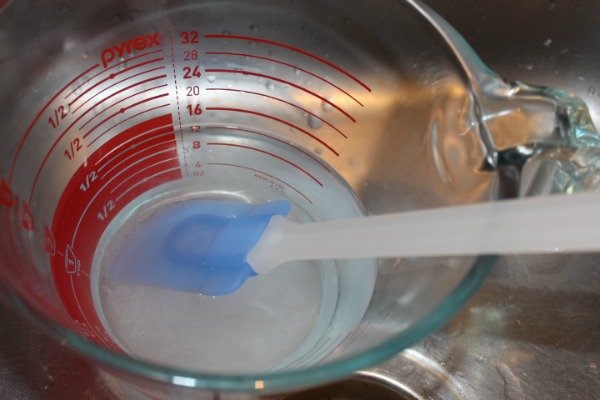
Once it is clear you can slowly pour into into your olive oil.
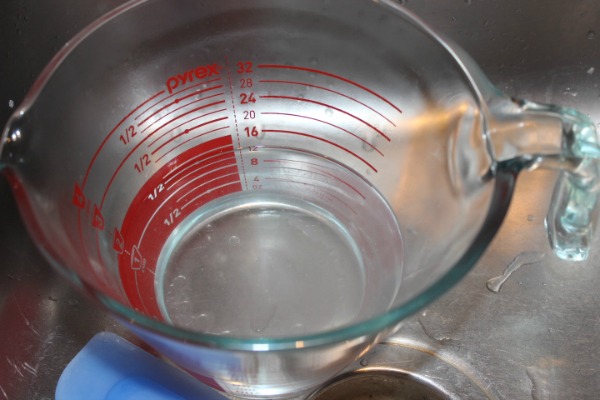
You really need a stick blender for this recipe, a whip of spoon just won’t make it happen.
Using a stick blender mix until you reach trace. This is when your mixture is thick enough that when you drizzle some on the top of the mixture, it leaves a trail on top. This is a castile soap so it will probably take longer than other recipes, plan 10 to 15 minutes.
When you reach trace you would then add any fragrance (essential oils or fragrance oils) and color if you wish. To ensure that the scent last I would use about 15 grams per 454 grams, so about half an ounce per pound of oils.
Castile soap is a wonderful baby soap that I would leave unscented. I will also be using this as a base for some baby laundry soap.
Pour into your soap mold and then spray with alcohol to prevent ash a few times in the next hour. Cover with plastic wrap and insulate with an old towel.
Let sit for 3 to 4 days then unmold and cut.
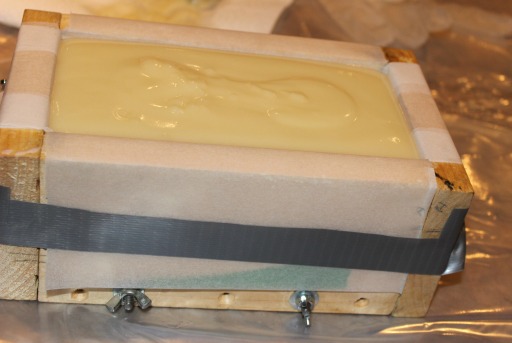
Leave to cure for 4 to 6 months and enjoy this fabulous healthy homemade castile soap. If you are interested in enjoying your soaps earlier you might consider making olive oil castile soap using the hot process method.
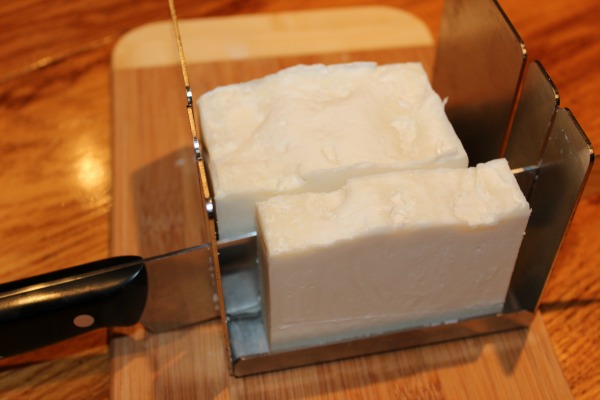
You want a nice twist to castile soap, check out this castile buttermilk recipe with infused oil to add a light fragrance naturally.